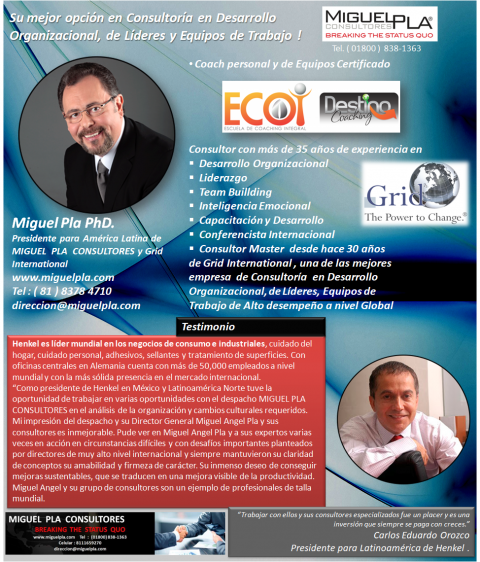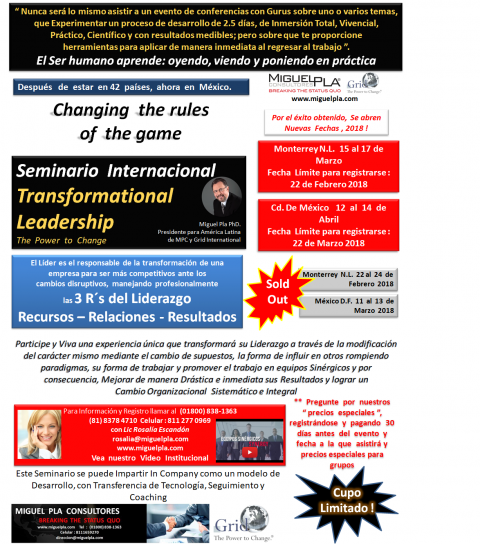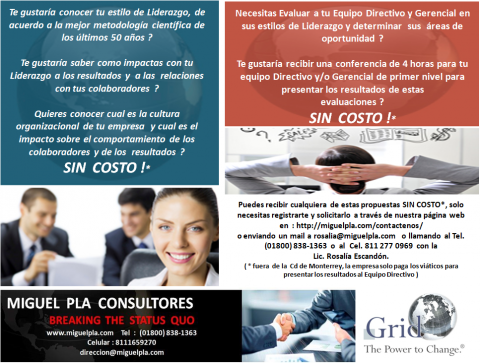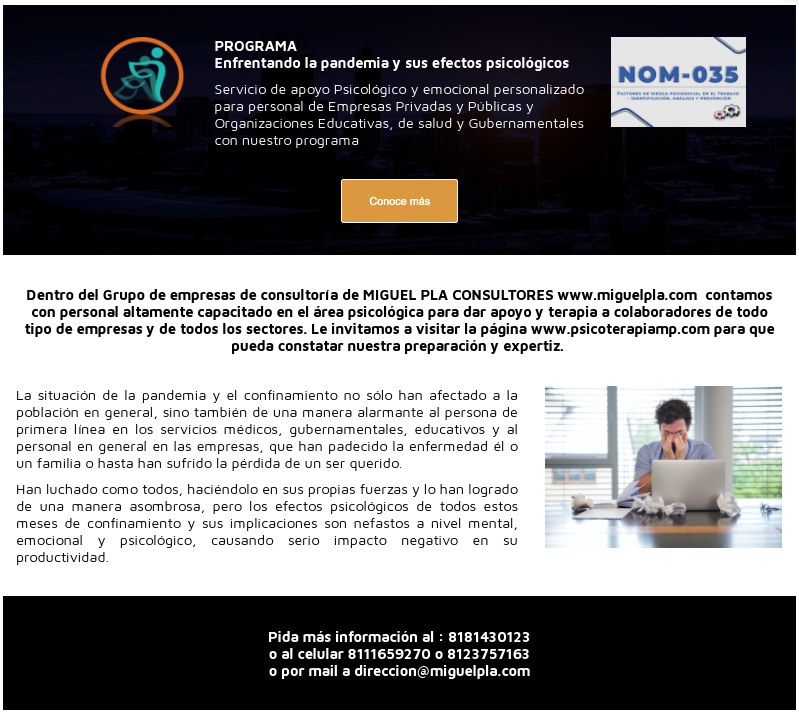At the turn of the last century, the western world has witnessed a major shift in its preferred frame of reference. Today, this shift is becoming very influential in executive coaching. This shift may not be apparent to the common man nor to the average executive, leader or manager, but it has become obvious to most modern scientists, informed policy makers, advanced scholars, educated thinkers and readers, and systemic coaches. Gradually, this shift in worldview is becoming widespread, and is globally influencing major evolutions in belief systems, values and ultimately in everyday decisions and behaviors. It is high time this shift of world view be considered in executive, management and leadership coaching models
This major shift is a gradual change from a linear Newtonian or Cartesian view of reality to an iterative and interactive, systemic, global perception of the universe. This major shift in the western world’s perception of reality is now considered more important than the one that provoked the Renaissance, changing our perception of the world from a flat plane to a globe, a mere planet in a small solar system, away from its previous position in the center of the known universe.
If such sciences as mathematics, astrology and applied physics were instrumental in humanity’s evolution from the middle ages right through the industrial revolution, quantum physics, molecular biology and cosmology are today at the growing edge of the present major shift of perception of our place and role in the universe. This new paradigm is becoming central in executive coaching.
Today, it seems that executives and leaders still live between two radically different perceptions of reality. On the one hand, a large number of them are still convinced that effects have defined causes and that specific actions can lead to expected results. In short, executives and their coaches still believe that the world is a fundamentally logical and predictable place in which rational decisions will lead to predictable outcomes. Simultaneously, more entrepreneurial executives and leaders seem to be much more aware that things are not so simple at all, and this is becoming central in executive coaching. In fact everyone is actually beginning to understand that nobody controls nor can predict finance, trade, world growth, the weather, population development, evolution, etc. This category of executives and leaders is beginning to perceive that we humans actually know very little. In fact, everything in our universe is totally interconnected and interactive, and the sheer complexity of it all has always been out of our attempts to controlling reality. This reality is now shifting the whole frame of reference of executive coaching towards a more systemic approach tailored to embrace complexity, previously perceived as unmanageable chaos.
This major shift in the perception of “reality” is a huge lesson in humility for all the hard sciences that, in the last millennium, have been convinced they know and can predict reality, almost pretending to be human gods, otherwise known as experts. Unfortunately, this so-called scientific approach is the most widespread paradigm in most leadership circles and has been reinforced in past and recent executive coaching relationships.
Most readers from the executive coaching community will probably recognize that their profession, born at the turn of the century, is in the crux of the change of perspective mentioned above. Some of the consequences or declinations of the frame of reference of this new profession which is foundational to modern executive coaching are also listed below.
Indeed, it is clearly said that executive coaching is a new approach that rests on an attitude of deep trust that new, more appropriate options and solutions can emerge out of a truly interactive process with clients as with our larger environment. The executive coaching profession clearly stipulates that an attitude of respectful presence and listening is more productive to finding valid solutions than any voluntary knowledgeable or analytical approach. To position the executive coaching profession, it is indeed often stated that an executive coaching professional is neither an expert nor a therapist. This definition is important, although it does not necessarily add to clearly define what an executive coach actually is or does. At any rate, a systemic executive coaching approach is gradually spreading throughout the fabric of society and influencing new leadership and executive perspectives on the more complex nature of reality.
The list presented below will attempt to first clarify what the previous millennium’s dominant leadership and executive coaching paradigm of what reality has been. It will then attempt to define a more systemic management or coaching attitude, in keeping with what is perceived to become the next organizing matrix for human consciousness and executive coaching.
This list can obviously be applied to accompanying progress within any system such as a person, a team or organization, a body, a living cell, a country, the planet or the universe as a whole.
Most Performing Energy flow
Centralized or top down: the mind or leadership decides what is appropriate, and the body, the people, the employees must implement these decisions to ensure success.
Bottom up: the people, the body, the employees make numerous local micro decisions and immediately inform the mind, the center or the leaders, as well as the rest of the concerned system, community and environment. This is a central repositioning of reality in executive coaching.
Objectives
Very precise, simple high-level objectives are clearly and centrally defined by system leadership and are must precisely be achieved in a defined time.
High-level objective are loosely and interactively defined by all the elements of a system. They are often multi-dimensional and are expected to become more precise or evolve in time. This approach is central in the very process and relationship of executive coaching.
Actions and steps
There is a clear distinction between high-level objectives on the one hand, and the subsequent actions and steps that will make their achievement possible on the other.
There is an iterative process between objectives, goals, states and actions. In the new executive coaching paradigm, the whole system is expected to gradually define high-level objectives by creating the states and performing the actions that contribute to their definition, as they are achieved.
Acceptance of Complexity
The linear relationship between objectives, states, goals and actions must first be condensed and simplified. They must then be clearly understood by all before implementation. This is a binary informational organization.
In the course of an systemic executive coaching process, an understanding of the relationships between goals, states and actions is accepted to be imperfect and will be gradually acquired in the process of realization. This is what takes place in all iterative, learning organizations.
Interactions
Interactions within and without the system are limited and even censored to be manageable. Information is given and responses are solicited depending on the actions that are or must be taken. Information to and from the larger environmental context is restrained.
The outcome of interactions within and without the system depends not only on the actions that are performed, but also on the larger context within which the actions are performed and on the possible interpretations of the actions. Modern executive coaching embraces that form of complexity.
Time Structure
Time is managed as a controllable linear process. Deadlines rule processes. Each step to achieve larger goals must be successfully completed before the next can be initiated.
Time in systemic executive coaching is managed in a multitasking fashion, all possible actions may start simultaneously and all actions may progress concomitantly and haphazardly, feeding on each other and nourishing each other.
Problem Definitions
The nature and structure of a problem needs to be very well understood before attempting to solve it. This is an analytical approach.
The nature and structure of a problem can only be understood after all actors are actively engaged in the process of solving it. In executive coaching, this is an emerging action-oriented process.
Solutions
One preferred solution and strategy must be clearly identified before any action can be considered or taken.
Numerous complementary solutions are retained as optional, and more precise strategic choices are made with systemic executive coaching, after actions are undertaken.
Means
Specific means are allocated to ensure the separate success of each of the steps that make up the larger process.
General means are loosely allocated with systemic executive coaching, and may be redistributed as the project evolves, depending on unexpected local needs that may emerge during the process.
Preparation
An extensive range of possible actions is determined and explored prior to action. All probability risks in the environment are precisely described.
Only a limited number of pertinent actions is identified or perceived as appropriate. The environment is perceived as uncertain and the range of unexpected events that might happen is constantly kept open in an executive coaching process.
Intention
What must happen is what was intended to happen in the details of the planning and preparation phase. Each detail needs to be flawlessly carried out, as planned.
Systemic executive coaching intention is focused on the general goal. it is believed that during operational phases, outcomes surface through complex processes that no one can fully predict, understand or control.
Coherency
Good decisions are made through explicit statements of objectives that rest on a single and clearly defined worldview or paradigm
Good decisions that emerge in the course of systemic executive coaching are adaptive and eclectic in their reference to models, narratives, sources of inspiration and evidence.
Abstraction
The problem is often simply defined by a single coherent and logically sound model.
Any simplification of a complex problem depends on gut judgment and intimate first-hand knowledge of the context. Systemic executive coaching works with intuition.
Choice
Carefully planned actions are designed to achieve one valid option after scanning and eliminating all other available alternatives.
In executive coaching, immediate actions are chosen from a very limited subset of possible options, and the process is repeated endlessly as the system actively moves forward.
Information
Decisions are made slowly on the basis of the fullest possible amount of information, prior to undertaking any action
Decisions to act are quickly made, to create retroactive information, as a systemic executive coaching approach recognizes that only limited information is or will ever be available prior to taking action
Process rationality
Good decisions are the product of a structured and careful process of calculation
Good decisions in systemic executive coaching are the outcome of good intuitive judgments
Adaptation
The best possible outcome is achieved through a conscious controlling process dedicated to maximizing allocated resources.
Good outcomes in systemic executive coaching are derived through continual and often partially unsuccessful adaptation to constantly changing circumstances.
Order
Order is the product of a single directing and controlling mind or body, and is established top-down
Order emerges or surfaces bottom-up and spontaneously in systemic executive coaching, out of a collective trial-and-error learning process.
Consistency
To achieve credibility, the rational decision maker must always be, or appear to be consistent
Consistency is considered a minor virtue in systemic executive coaching, possibly even a dangerous one, kin to one-mindedness. Reactive adaptability predominates.
Expertise
Expert-leaders define procedures and models that direct people on how to find solutions
Coach and executives work with people to constantly learn with them, in order to find solutions by interacting together
Risk
Risks in the environment are described probabilistically. Attempts are made to control uncertainty that is considered to be a perturbing factor
In systemic executive coaching the environment is perceived as naturally uncertain, and attention is given to integrate unexpected events, considering all of them as possible opportunities




















